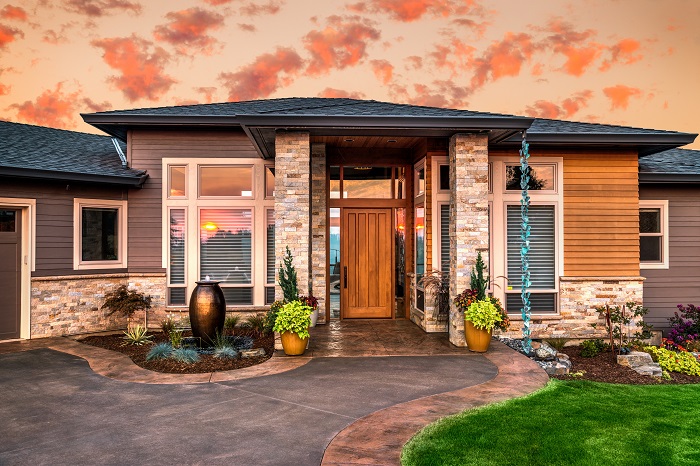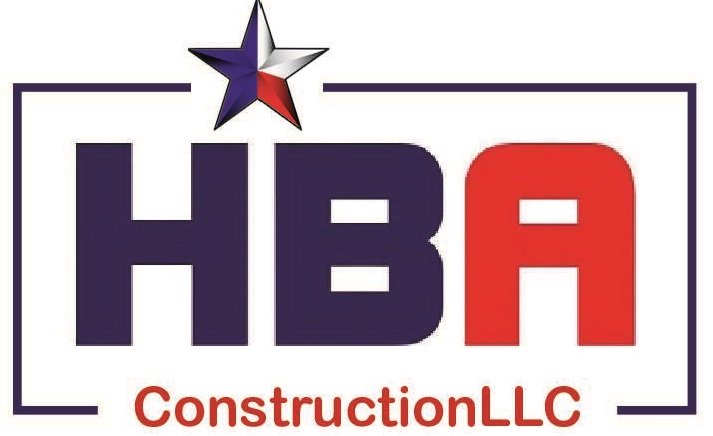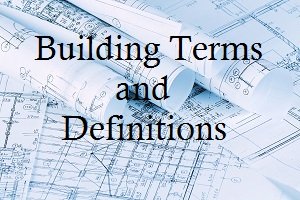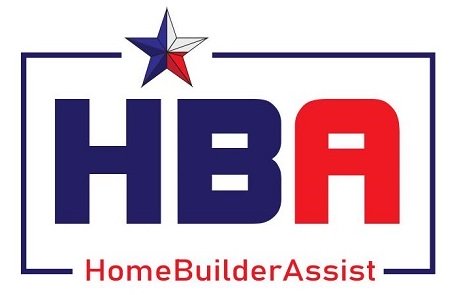Exterior Siding Options
A home’s exterior siding can make or break its curb appeal. Loose or missing bricks, chipped vinyl paint or dirty glass surfaces can give the wrong impression of your home. That’s why it’s important not only to choose the right siding for your home but also to make sure you can keep up with any maintenance that it may require.

In order to determine the right exterior siding option, you’ll need to consider the cost, both in materials and installation, durability, energy efficiency and aesthetics.
If you’re looking to spruce up your home’s exterior siding or looking for a change altogether, we have the pros and cons of each option, obtained from Quickenloans.com.
Brick Siding
Brick exterior siding is the most traditional option for homeowners. It’s a timeless look found in most suburbs, especially new construction, making it the go-to choice when buying or updating a home.
Pros
Brick is a durable low-maintenance material that comes in a variety of color choices, and because of its natural color, it also doesn’t require repainting or refinishing.
Standing up to extreme temperatures and weather, the durability of brick is a huge pro when choosing exterior siding for your home. Aesthetically, it’s also a great option if you’re going for a timeless look.
Cons
It’s a more expensive option compared to other siding choices. According to Home Advisor in April 2018, the average brick siding cost is $15,000. Additionally, installation is incredibly pricey as well, largely due to the weight of the bricks.
You can cut down on costs by using a brick alternative called brick veneer, which uses thin layers of brick. Although, it isn’t as good of an insulator and cannot be load-bearing like traditional brick (veneer is a thinner material).
Engineered Wood
Unlike fiber-cement or wood-imitating vinyl, engineered wood is comprised of mostly wood, with a few added materials to create a more natural-looking final product, meaning, it’s a more convincing wood alternative.
Pros
Engineered wood comes in a variety of styles and textures and is a cheaper, more durable material than fiber-cement or vinyl. Like fiber-cement, engineered wood is fireproof, water resistant and safe from insect damage. It also comes with a long warranty.It’s also an affordable option, ranging from $3,750 to $7,500, according to Improvenet.
Cons
If you’re looking for an alternative to wood, engineered wood, while convincing in look and feel, cannot be repainted or re-stained, meaning whatever finish you installed originally is what you’ll have for life.
Fiber Cement
Fiber-cement siding, often compared to vinyl siding (because it’s also man-made with the purpose of mimicking another material) is a great option for homeowners who want the look of wood siding.
Pros
Fiber-cement, while having the look of wood siding, is cheaper and more durable, and it requires less maintenance than wood.In addition to being less expensive, fiber-cement is fireproof, water resistant and safe from insect damage. It comes in various colors and designs and can be made to look like brick, stone or, more commonly, wood.
Cons
Fiber-cement is a heavy material. While not as heavy as brick or stone, its weight does tend to skyrocket installation costs, and while cheaper than wood, it’s a more expensive option to vinyl. Expect to spend over $10,000.
Glass
Glass is a sophisticated, modern option for exterior siding. Since glass block walls are non-load-bearing, they’re technically not considered “exterior siding.” Although they do give the appearance of siding, as you can have them installed from the roof to the floor of your home.
Pros
Glass is great for letting in natural light, and if installed correctly, it should still keep out most sunrays. While looking sheen and chic, they’re still durable and protect from outside elements.They’re also energy efficient, as glass is a material that keeps in heat during the winter and air conditioning during the summer.
Cons
However, they’re also a pricey option for siding. While there’s no average price, you need to consider a few more factors, including privacy, and the level of upkeep it costs to constantly clean the windows.
Metal Siding
Originally used in factories and industrial buildings, metal exterior siding is becoming a more popular option for homes because of its strength and durability.
Pros
Along with being weather-resistant, it’s also resistant to fire, rot and insect damage, like termites. Additionally, while metals like copper often change their appearance after being exposed to the elements, most other metals maintain their finish over the years.Metal is also energy efficient when it comes to keeping a house cool, as it reflects sunlight, it does not retain any warmth and tends to increase heating bills.
Cons
On the downside, it’s an expensive option for exterior siding, with an average of over $7,000. If you’re going for the look and feel of metal siding, most homeowners opt for aluminum, which is less expensive in material and labor cost.
Stone Siding
Both natural and fabricated stone exterior siding creates an upscale, decorative appearance to a home. Unlike brick, it’s a more natural option for a house and can create a unique exterior pattern.
Pros
Stone is a durable material that’s resistant to rain and other elements, and it requires little maintenance and is long lasting. Natural stone, like limestone, granite and slate provide unique colors and textures that can aesthetically add to the look and feel of your home.
Cons
Because a professional will need to install the stones properly, both the material and the cost of labor will be higher compared to brick. Expect to shell out over $100,000 for this look. If you’re looking for the look of stone siding with a lower cost, fabricated stone, also known as stone veneer siding, is a cheaper material with a faster and easier installation process, cutting cost on both material and labor. On the downside, it looks less natural than traditional stone.
Stucco Siding
Derived from traditional Spanish architectural elements, stucco is made from cement, sand, lime, water and oftentimes epoxy. Stucco can be found in pueblo-style homes, typically on the West Coast.
Pros
The exterior typically takes on a natural earth tone, sporting thick walls that were originally used to absorb heat during the day and release it throughout the night.Stucco is a solid, durable and typically low maintenance material. Because of the materials used to make stucco, it rarely requires painting or chipping maintenance, making it an ideal option for weather-ware.Compared to other siding options, it’s relatively cheap, coming in at an average of $3,785.
Cons
While it is a cheaper material, installation typically requires a professional, making labor more costly than other exterior sidings. It’s also is a time-consuming material to install, as it requires a few coats before it’s completely dry.
Vinyl Siding
Vinyl is a tough plastic material that entered the exterior siding market in the late 1950s, replacing the once-popular aluminum siding. Its durability and low-maintenance profile made it a fast fan-favorite for homeowners who wanted to save money on exterior siding. It’s most commonly found in modern-day colonial homes.
Pros
It varies in both color and texture, allowing a wide range of exterior aesthetic options for homeowners. Some variations even include an imitation of wood grain and stone siding. It also varies in thickness – typically the thicker the material, the higher the cost, while still being lightweight and easy to install.There’s even a newer option that allows you to install insulated vinyl siding, although the cost is higher than traditional vinyl siding. Both the vinyl siding material and installation are relatively cheap, just under $10,000 on average.
Cons
Unfortunately, because the material is so inexpensive, the quality is a bit lower than other exterior siding options. It can be damaged in extreme weather conditions, like wind and high temperatures that can compromise the siding by forming cracks.Not to mention, if you don’t buy the insulated vinyl siding, it’s not very energy efficient – something to keep in mind when making your decision.
Wood Siding
Like vinyl siding, wood siding is versatile and durable. The surface of the wood can be painted or stained in any desired color, requiring maintenance every two – five years depending on the type of finish.
Pros
Also like vinyl, wood siding is easy to install, keeping costs down and the timeframe reasonable. Not to mention, wood is a timeless and classy material that’s still sought after by some homeowners. There’s a reason they make most exterior siding materials looks like wood – everyone is looking for that sturdy wooden-house aesthetic.
Cons
Depending on the type of wood you want (cedar, spruce, fir and redwood) and the type of wood siding you want (clapboard, shingles, board and batten, logs). costs will vary but the average cost is around $12,000.
Conclusion
When considering what exterior option is best for your home, make sure you collectively consider the costs, durability, energy efficiency and aesthetics, as they will help you determine what you’re able to afford and what you’ll be able to manage on a maintenance level.




